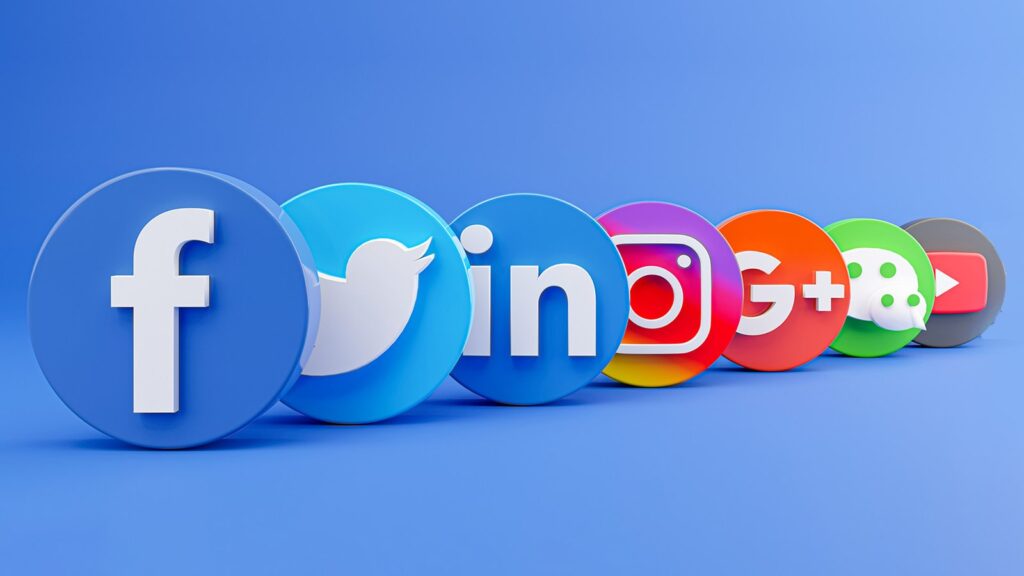Importance of Organic Growth in Social Media
Organic growth is an essential element of any successful social media strategy. It is often the foundation upon which successful marketing campaigns are built, and it is the single most important way to build a strong, authentic relationship with your target audience. Organic growth ensures that your brand is seen and heard by the right people and that your message is shared and trusted. Achieving organic growth through social media requires dedication and creativity, but it can also yield terrific results. Let’s take a closer look at the importance of organic growth in social media. Discuss how businesses and organizations can use it to reach customers, increase engagement, and build meaningful connections with their audiences. 1. Boosts Visibility One of the greatest advantages of organic growth in social media is its visibility boost. Organically growing a presence on the platform makes the content more likely to be seen and shared by the public. The more people see the content, the more engagement it will have. This means more people will be exposed to the brand’s message, increasing the chances of gaining more followers and engagement. Furthermore, organic growth increases the chances of content being shared by influencers, which will further increase visibility, engagement and organic shares from the followers. This provides another avenue for potential customers and followers to discover the brand. Organic growth also allows the business to connect and engage with the audience more personally, as organic posts build and maintain relationships better than promoted/paid posts. This is important as it helps build trust and loyalty between the brand and its audience. 2. Increases Credibility Organic growth in social media is important for businesses because it increases their credibility. When a business’ social media profiles are filled with genuine engagement and interactions, it shows the public that the business is actively engaged and cares about its customers. This creates a sense of trust and loyalty between the business and its audience, which is hard to achieve with paid advertisement. Additionally, organic growth gives the business a chance to showcase its expertise and thought leadership more authentically and engagingly, which further adds to its credibility, trust and loyalty to the brand among its followers, which can lead to increased sales and brand recognition. Organic growth also allows businesses to establish customer relationships and build a community around their brand. By engaging with their customers, businesses can learn more about their target audience, which can help them tailor their marketing efforts in the future. Additionally, organic growth can help businesses save money on advertising costs, as they do not need to invest in paid social media campaigns. Finally, organic growth builds a sense of authenticity around the brand, which can further increase the public’s trust in the company. 3. Enhances Search Engine Optimization Organic growth in social media is important as it can help boost search engine optimization (SEO). This is because when people search for certain keywords, they are likely to find content that has been shared organically rather than paid for. Furthermore, having a lot of organic shares on social media can help a website rank higher on search engine result pages (SERPs). Organic growth also provides a more organic and organic-looking presence for a brand, which can help to attract more customers. Organic growth also helps build trust and credibility among customers, who are more likely to engage positively with a brand with a strong organic presence. Interactions can help a page rank higher on Google and other search engines. This can result in more traffic to the page, increasing the likelihood of more conversions. 4. Facilitates Customer Loyalty Organic growth in social media is essential for building customer loyalty. Through organic growth, businesses can establish a presence on various social media platforms and engage with customers. By providing helpful advice and timely responses, businesses can show their customers that they care about their opinions and consider their feedback. This helps to build trust and loyalty, as customers will appreciate the effort businesses make to understand and meet their needs. Additionally, customers will be more likely to return if they know they will be taken care of about their concerns. This can build trust and loyalty between customers and the business, leading to repeat purchases and positive reviews. Additionally, organic growth enables businesses to create content tailored to their target audience, which can help build an audience and increase the reach of their posts. 5. Connects Users to Your Brand’s Message Connecting with users through your brand’s message is an important part of organic growth in social media. When done correctly, this interaction can help build relationships, foster trust, and ultimately lead to conversions and sales. Brands should take the time to craft their message, create content that resonates with their target demographic, and deliver value to their users. This will help establish an engaging brand image and ensure that users feel connected to the brand’s mission. Taking the time to build relationships with users by delivering authentic and valuable content will lead to organic growth in social media. It is also important to be patient when engaging in these conversations, as building relationships can take some time. Additionally, brands should cultivate relationships with influencers and other key industry players to increase their visibility and reach. With a well-crafted message and engaging conversations, brands can reap the rewards of organic growth in social media. 6. Increases User Engagement Organic growth in social media is also important for increasing user engagement. Not only does organic growth help you reach your target audience and build relationships with them, but it also helps to keep them engaged with your content. When users engage with your content, they are more likely to comment, share, and like your posts, which can lead to more organic growth. Additionally, organic growth can also help you create more engaging content, as users will be more likely to engage with relevant and interesting content. More likes and shares of your posts will increase your content’s
Importance of Organic Growth in Social Media Read More »












